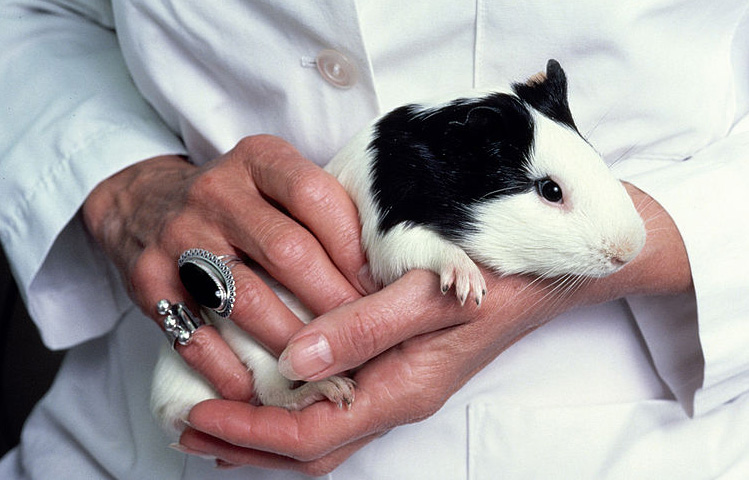Questions for Why animals often ‘stand in’ for people

LINDA BARTLETT/ NATIONAL CANCER INSTITUTE
Share this:
- Share via email (Opens in new window) Email
- Click to share on Facebook (Opens in new window) Facebook
- Click to share on X (Opens in new window) X
- Click to share on Pinterest (Opens in new window) Pinterest
- Click to share on Reddit (Opens in new window) Reddit
- Share to Google Classroom (Opens in new window) Google Classroom
- Click to print (Opens in new window) Print
SCIENCE
Before reading
1. Between 85 percent and 90 percent of the genes in humans are the same or very similar to those in mice. Does that surprise you? Why or why not?
2. After the Apollo astronauts first brought back dust and rocks from the moon, scientists exposed oysters, houseflies, quail and other animals to the lunar samples. Why do you think the scientists did so?
During reading
1. What are animal models?
2. Explain some of the effects triclosan had on animal models.
3. List some of the reasons why some medical experiments cannot be performed on people.
4. How does a clinical trial work?
5. What is a placebo?
6. How were the mice in the control group in Gary Peltz’s experiment different?
7. What is a major risk associated with arrhythmia?
8. Define “strain” in biology.
9. What are some of the advantages to using zebrafish in laboratory experiments?
10.How long did it take to screen 5,000 compounds in the zebrafish?
After reading
1. In a clinical trial, scientists usually do not inform human volunteers about whether they are being given an experimental drug or a placebo. Why do you think that is the case?
2. Swallowed substances that are harmful to human cells often first produce damage in the liver. Why does that initial damage occur in the liver and not some other organ?
MATHEMATICS
1. Jeffrey Saffitz screened 5,000 compounds but found only three that were promising drug candidates. Express that ratio as a fraction, a decimal and a percent.